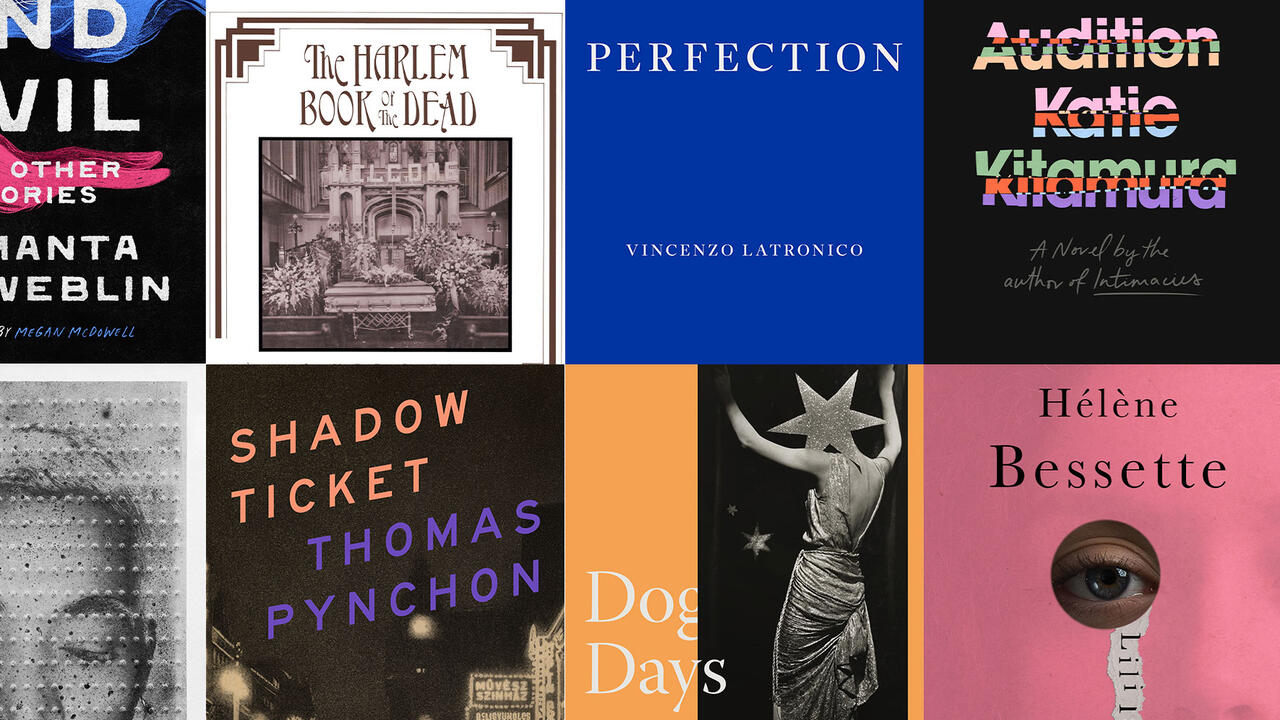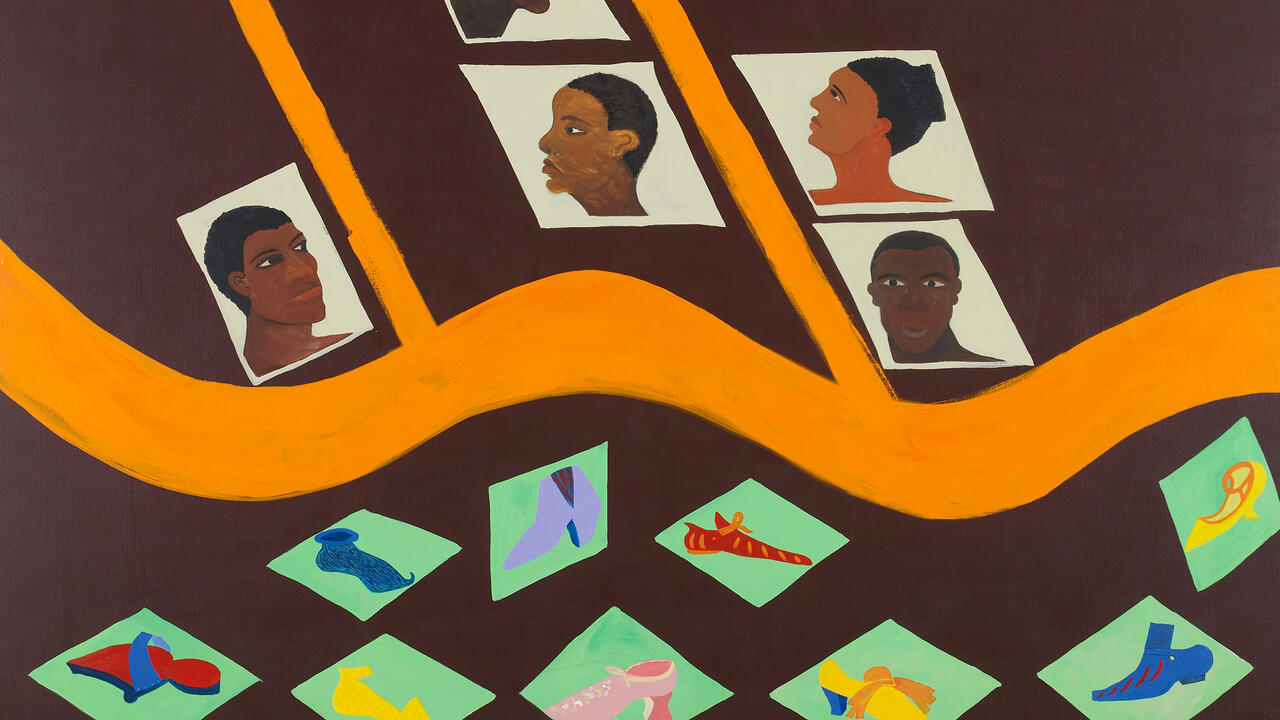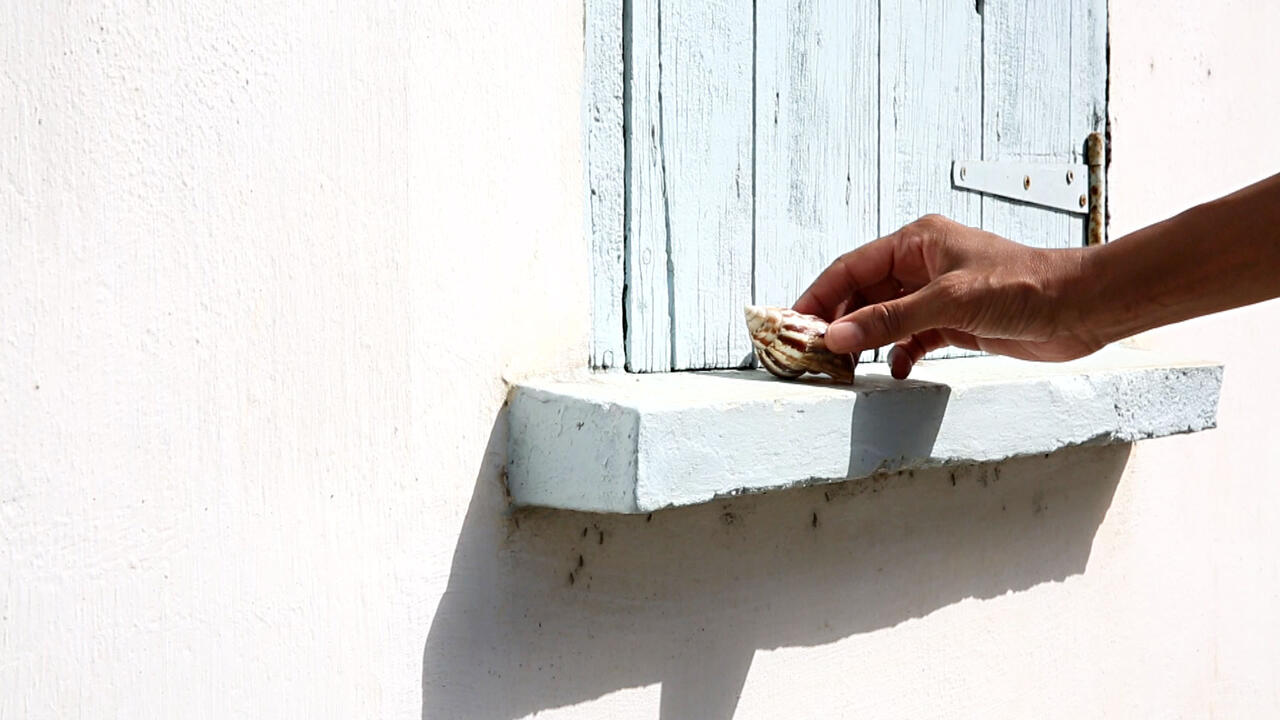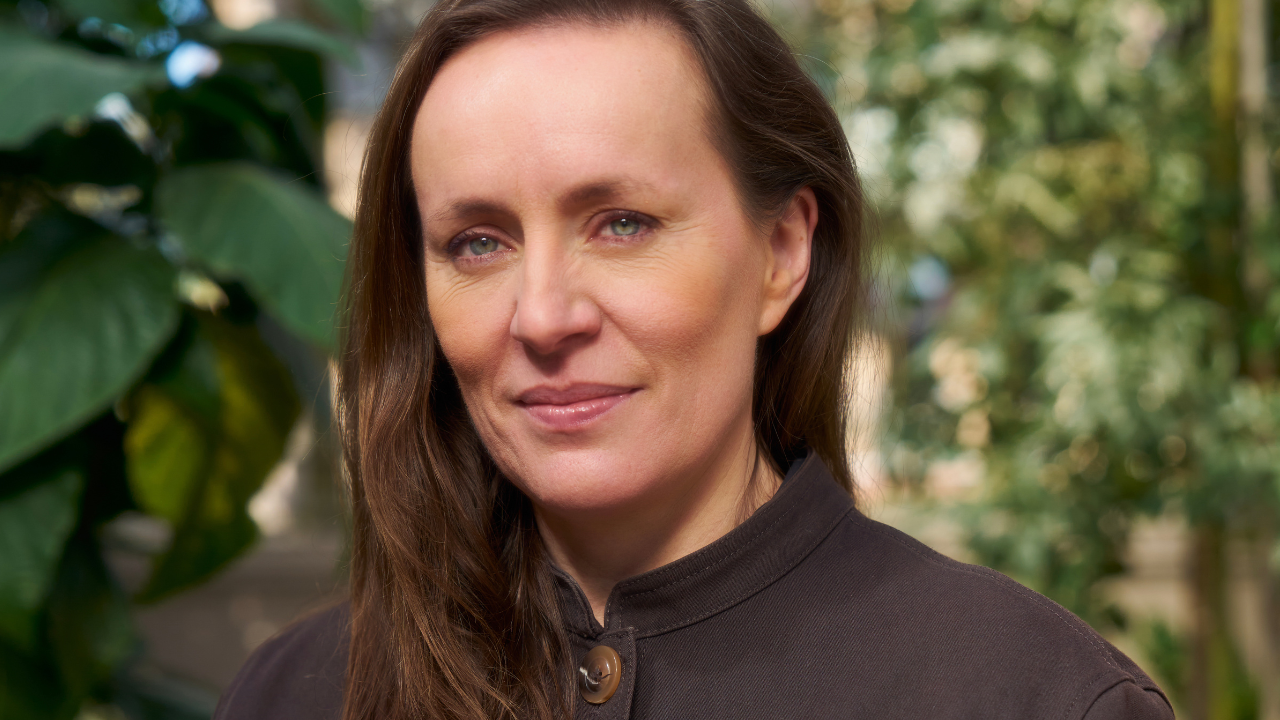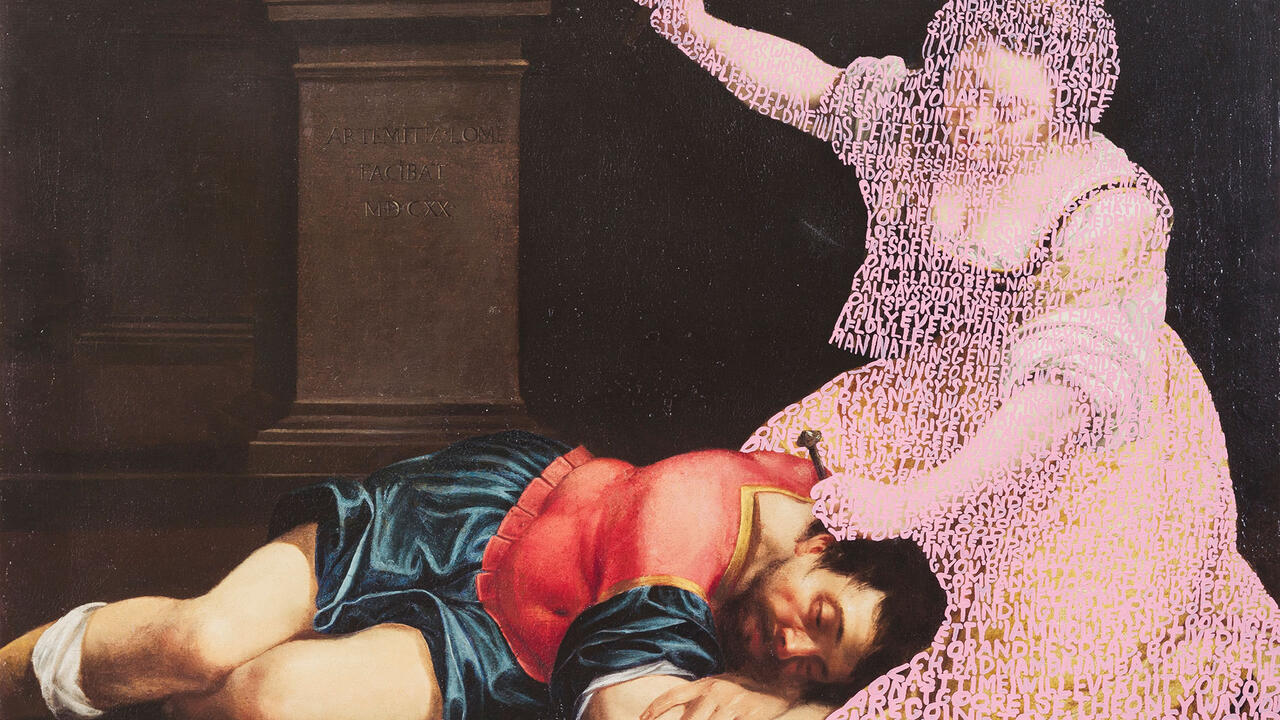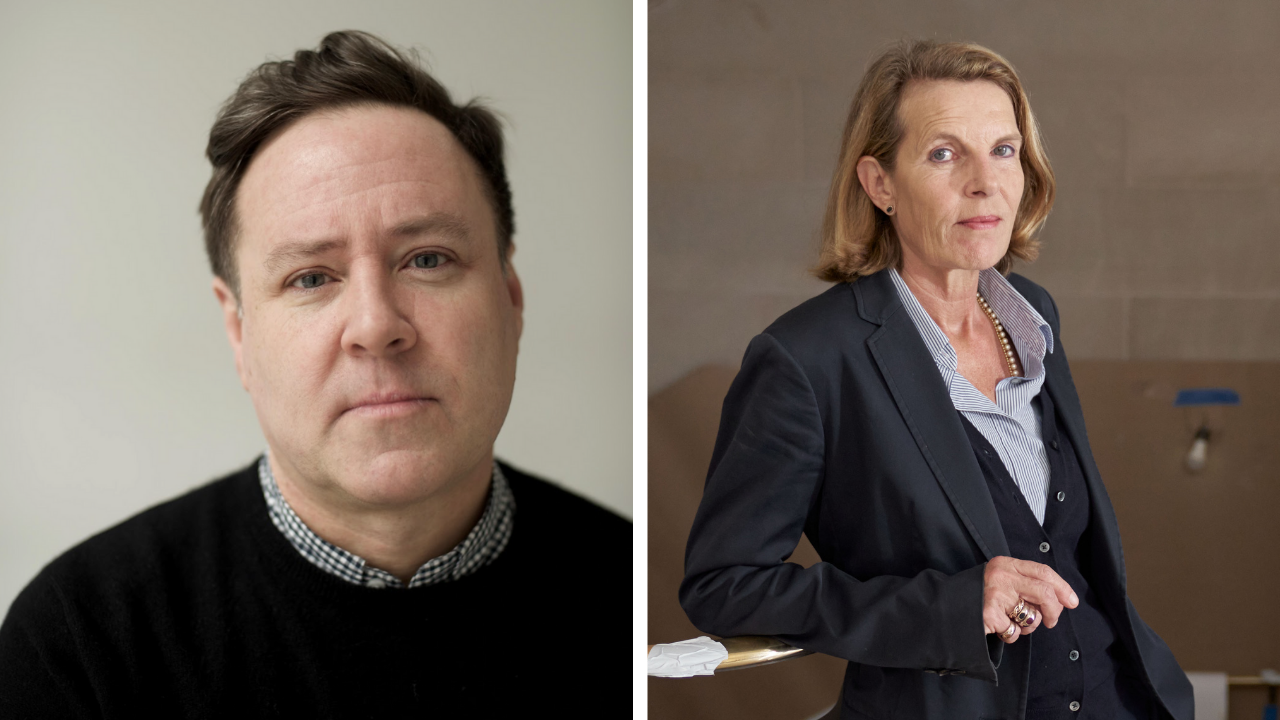‘Each Film Invents a New Language’: An Interview with John Smith
Juliet Jacques speaks to the artist – currently the subject of ‘Introspective’, a 50-film survey at London’s ICA and Close-Up Film Centre – about humour and simplicity
Juliet Jacques speaks to the artist – currently the subject of ‘Introspective’, a 50-film survey at London’s ICA and Close-Up Film Centre – about humour and simplicity

‘It wasn’t my idea,’ says John Smith of ‘Introspective’, his current career survey. ‘Originally, I was asked to show every film I’ve made, but there were some I didn’t want to, so I had the first marketing idea of my life: I’ve been making films for 50 years, so why not show 50 films?’
Those 50 films are screening at London’s Institute of Contemporary Arts and Close-Up Film Centre with a variety of guest interlocutors, including musician Jarvis Cocker and director Carol Morley – former students of Smith’s at Central Saint Martins – as well as academic and critic Erika Balsom, curators Gareth Evans and Stanley Schtinter (who has organized the retrospective), composer and collaborator Jocelyn Pook, artist filmmakers Ian Bourn and Alia Syed, writer Iain Sinclair, and myself. Close-Up, in particular, feels like the perfect venue. Opened as a 40-seat cinema, café and DVD library in 2015 in east London, where Smith has lived his whole life, it has hosted many of Smith’s old colleagues from the London Film-Makers’ Co-op (1966–99) for events, and attracts a small but dedicated audience of cinephiles. Smith says every ‘Introspective’ screening has sold out, with many attendees new to his work. This has quelled his anxieties about screening some films for the first time since the 1970s: ‘I usually go for what I know will be popular, but I’ve been a bit braver about showing the more difficult stuff,’ he reflects.
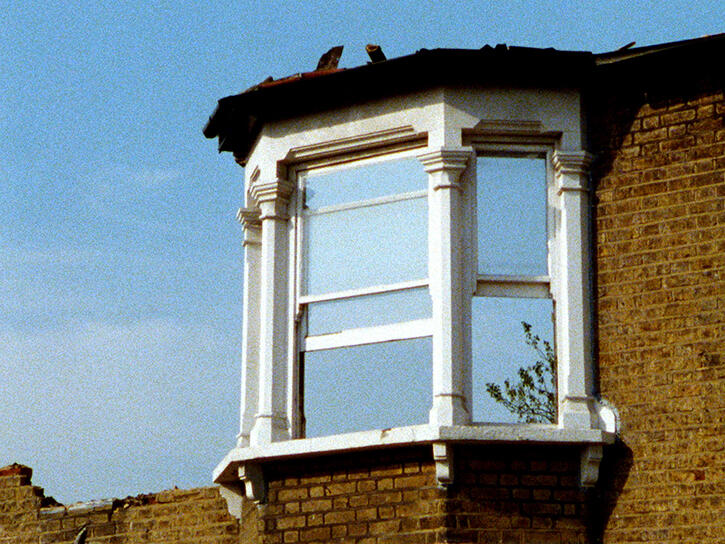
During the first few decades of his career, Smith’s work regularly screened on UK television. His early film Associations (1975), a dense procession of visual puns responding to a text by psycholinguist Herbert H. Clark, was shown in a BBC Two series. Hackney Marshes (1977), a documentary about tower-block life near the east London green space used mostly for football, went out in an ITV series of six works by filmmakers who hadn’t directed for television before. During the 1980s, his films were broadcast in niche, late-night slots on BBC Two or Channel 4 but, over the last 20 years, such opportunities have completely dried up. Smith is philosophical about this: ‘I found television unrewarding at the time’ due to the lack of interaction with an audience, ‘but the slow burn is reassuring. I still meet people now who say: “I saw The Black Tower [1987] on Channel 4 when I was 15, and I’ve never forgotten it”.’ Besides, there are replacements: ‘I’ve got seven films showing on MUBI at the moment. I never would have thought of it, but I made a film relating to COVID-19 during lockdown, and Gareth Evans suggested I contact MUBI about showing it. I’m pleased because, unlike broadcast television, you get comments. Some might be incredibly derogatory but it’s nice to have that interaction.’

I ask John how he feels about The Girl Chewing Gum (1976) remaining his most widely seen work. ‘It’s a mixed blessing,’ he replies. ‘I’m happy it’s so well known, but people sometimes ask if I still make films and I have to say: “Yes, about 60 since then.” It’s my own fault the film is so well known. At first, people didn’t think much of it, but I liked it, so I kept showing it and eventually it caught on.’ When I suggest that it is his use of humour that makes The Girl Chewing Gum stand out, Smith responds: ‘People sometimes have a stereotypical, homogenized view of the [London Film-Makers’] Co-op but Jeff Keen and Ian Breakwell were funny. Brakewell’s use of language was influential, especially in Repertory (1973). I was amazed to see a tracking shot of the outside of a theatre, which was incredibly boring, but the voice-over describing what was happening inside was potent and surreal. I don’t set out to make funny films but I’m happy when humour arises because they’re exploring ambiguity. If you’re told that something means one thing when it actually means another, that tends to make you chuckle.’

The Girl Chewing Gum married the 1970s structural film obsession with Brechtian alienation – constantly reminding the viewer that what they’re watching is an illusion – with the comedic breaking of the fourth wall often used in popular comedy programmes such as Monty Python’s Flying Circus (1969–74) or The Goon Show (1951–60). This approach has informed Smith’s work ever since. ‘It’s getting the balance right between being opaque and mysterious, and being accessible,’ he says. ‘I really like work that disorientates you to begin with – that leaves you not quite sure what you’re looking at. But it’s also important, after a certain amount of time, to let people in on what’s going on, at least a bit, so they don’t disconnect. I always try to think of each new film as inventing a new language, which teaches viewers the rules of that language. Once they start to understand it, you can change it – but not in a cruel way, just so they can appreciate the game.’ He concludes: ‘I’m attracted to making films that are as simple as possible. If I have an idea, I think: “Can I do it in one shot?” If not, how few can I use?’
John Smith’s ‘Introspective’ runs at London’s Institute of Contemporary Arts and Close-Up Film Centre until December 01.
Main image: John Smith, Hotel Diaries, 2001–7, SD video still. Courtesy: the artist


